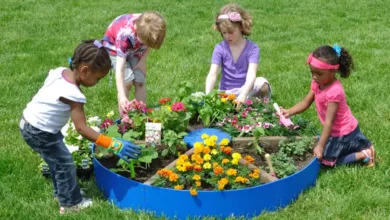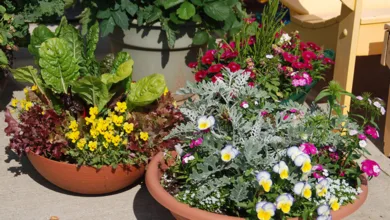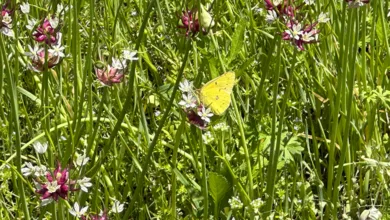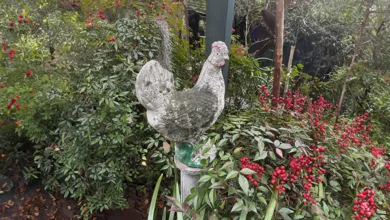Native Plants Conserve Water and Save Money
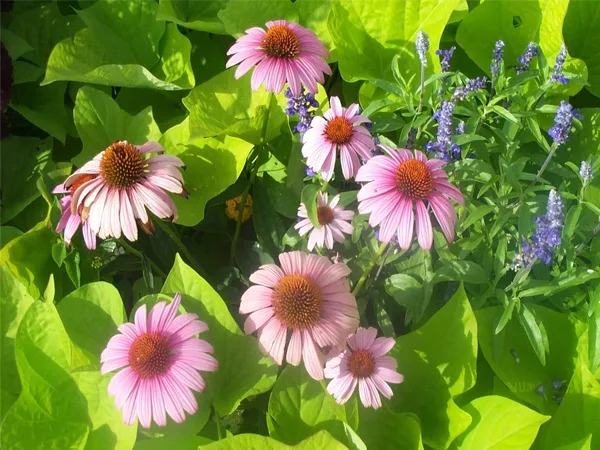
Water departments and districts are asking everyone to check their irrigation system for leaks and inefficiencies. This is not new and will never change. Too much water is wasted through poor irrigation practices and even plant selection.
Water-use increases 35% to 50% during summer. Check your irrigation system to make sure you know exactly how long and how often to irrigate. The time will vary with the seasons. Most landscapes use too much water because irrigation systems require repairs or adjustments, have no rain/freeze sensor, or aren’t programed correctly.
Many water departments offer free irrigation checkups to identify inefficiencies and set a good irrigation schedule. Take advantage of all the services your water department offers. Call your water department or check their website to sign-up for an irrigation checkup and other water/money saving services.
Here is a list of water saving practices for your landscape:
- Check irrigation system for leaks and inefficiencies.
- Check your rain and freeze sensor.
- Program a cycle and soak schedule if water runs off the landscape too quickly.
- Aerate soil and add a half-inch of compost in compacted lawn areas.
- Install drip irrigation, which applies water slowly under low pressure.
- Maintain a 2-to-4-inch mulch layer in planted beds.
- Mow lawns a little higher in the heat of the summer.
- Redesign landscape with native plants that require less water once established and have no or few pest problems.
Research shows water savings may be up to 66% if native plants and drought-tolerant turf grass is planted. Converting to drip irrigation will save as much as 50% or more by applying water slowly under low pressure.
Find native plant suggestions with pictures and growth information HERE and HERE.
Always add compost to soil when planting and keep a 2-to-4-inch mulch layer over the roots. Mulch is like icing on the cake: It looks good and slows down evaporation from the soil. Mulch also increases the infiltration rate, so rain and irrigation water are absorbed by the soil with less runoff. Mulch breaks down into compost and provides nutrients for the plants. Mulch all planted beds at least twice a year or more.
Fall and winter is the best time to make landscape design changes. Plan now for what you’d like to do this fall and winter. Study the native plants’ pictures. Consult garden centers and landscapers, and most of all, have fun.



